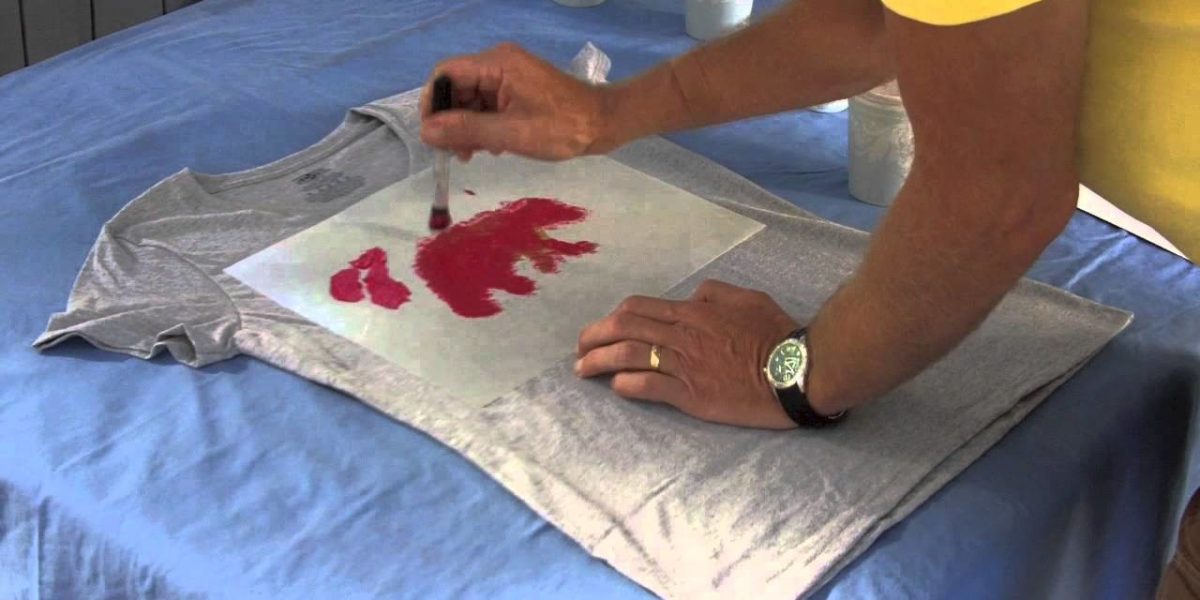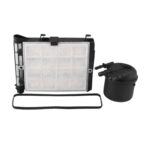Stencils have been around for centuries, providing a simple yet powerful way to create repeated patterns, images, or text with ease. From artists to businesses, the versatility of custom stencils has made them a go-to tool in a variety of industries. This article explores what custom stencils are, how they are made, their many uses, and the benefits they bring to different projects.
What Are Custom Stencils?
Custom stencils are personalized designs or patterns created on materials that allow users to apply a specific shape, design, or message repeatedly. They can be made from a variety of materials, including plastic, metal, cardboard, and even wood. Custom stencils are often used for art, decoration, signage, and more. What sets them apart from generic stencils is the unique, tailored aspect that suits the specific needs of the user.
Types of Custom Stencils
There are several types of custom stencils, each suited for different purposes:
- Art Stencils: Used in painting, graffiti, or home décor projects, these stencils can be intricate and detailed.
- Lettering and Number Stencils: Ideal for creating specific fonts or numbers, often used in signage, labeling, or DIY projects.
- Industrial Stencils: Typically larger and more robust, these are used in factories or warehouses to mark products, crates, or areas.
- Architectural Stencils: Often used by architects or interior designers, these stencils may help replicate specific patterns or motifs in building designs.
The material chosen for your stencil will largely depend on the intended use, how durable the stencil needs to be, and the level of detail you require.
How Are Custom Stencils Made?
Creating custom stencils can be an artistic process, or it can be more technical, depending on the desired outcome. Below are the steps involved in making custom stencils.
Design Creation
The first step in making a custom stencil is to create the design. This can be done digitally using design software like Adobe Illustrator or Photoshop, or it can be drawn by hand. The design can range from simple geometric shapes to more complex and intricate artwork. It is important to ensure that the design includes bridges, or connecting lines, to maintain the stencil’s integrity when cut.
Material Selection
Once the design is complete, the next step is choosing the appropriate material. The material should be durable enough to withstand the intended use. For example:
- Plastic stencils are flexible, easy to clean, and are ideal for light to medium-duty tasks.
- Mylar stencils are transparent, reusable, and flexible, making them perfect for both artistic and industrial purposes.
- Metal stencils are more robust and are best suited for industrial and heavy-duty uses.
Cutting the Stencil
Cutting the stencil involves transferring the design onto the chosen material. There are different methods used to cut the stencil:
- Laser Cutting: This high-tech method uses a laser to cut the design with precision, ensuring the stencil is sharp and detailed.
- CNC Machines: Computer-controlled machines can cut intricate patterns from a variety of materials, perfect for creating repeatable designs.
- Hand Cutting: For smaller or simpler projects, a craft knife or cutting tool can be used to manually cut the stencil.
Finishing Touches
Once the stencil is cut, it might need to be cleaned to remove any unwanted bits or rough edges. The edges can be smoothed out, and the stencil can be tested on a surface to ensure the design is transferred cleanly.
Quality Control
Before the stencil is used, it’s important to ensure that it functions as expected. This may include checking that the design transfers clearly and that the material used is appropriate for the intended purpose.
Uses of Custom Stencils
Custom stencils are extremely versatile, and their uses extend far beyond the art world. Here are some of the most popular applications of custom stencils:
Art and Craft Projects
Custom stencils are a favorite among artists and crafters because they help produce clean, consistent designs. They can be used for:
- Wall Murals and Decorations: Whether you’re looking to add a unique touch to a bedroom wall or decorate a living room, custom stencils help create personalized designs that elevate any space.
- DIY Crafting: Scrapbookers, card makers, and other crafters use stencils for adding specific patterns, shapes, and textures to their projects.
- Textile Design: Custom stencils can be used to create one-of-a-kind fabric patterns for clothing or home textiles.
Business Applications
For businesses, custom stencils can be a useful tool for branding and operational needs:
- Logo Stencils: Businesses can use stencils to apply their logos on products, signage, and storefronts. This is an efficient and cost-effective method to maintain brand consistency.
- Warehouse Marking: Custom stencils are ideal for marking inventory or products in warehouses. Labels, safety signs, and hazard markings are often made with stencils.
- Road Marking: In urban and municipal settings, custom stencils are used to create consistent road signs and markings.
Educational and Instructional Uses
Teachers and educators use stencils as tools for creating visual aids, worksheets, and classroom displays. They help in presenting complex concepts or repetitive exercises in a clear, engaging way. Custom stencils can also be used for teaching art and design techniques.
Event Decoration and Signage
For weddings, parties, and other events, custom stencils can be used to design personalized banners, place settings, and décor. They can also be used for event signage or creating custom messages for guests.
Interior Design
Interior designers love using custom stencils to enhance the aesthetic appeal of a space. From custom wall designs to flooring stencils, they help create a distinctive atmosphere. Popular uses include:
- Wall Patterns: Stencils can transform a plain wall into an eye-catching focal point.
- Furniture Refurbishing: Stenciled patterns can be added to old furniture to give it a fresh, modern look.
Benefits of Using Custom Stencils
There are numerous advantages to using custom stencils for different projects, whether for personal or professional use.
Precision and Consistency
Custom stencils help ensure that the design is replicated accurately and consistently across all surfaces. This is particularly important in industrial or commercial applications, where uniformity is key.
Time and Cost Efficiency
Instead of handcrafting each individual design, stencils allow users to apply the design multiple times in a fraction of the time. This saves both labor and material costs, especially for larger-scale projects.
Ease of Use
Stencils are relatively easy to use, even for beginners. Whether you’re using paint, chalk, or another medium, stencils simplify the process and produce professional-looking results with minimal effort.
Customization
With custom stencils, you can create exactly what you need. Whether it’s a one-off design or a set of repeated patterns, stencils allow for complete personalization. This level of customization is especially useful for small businesses or personal projects.
Conclusion
Custom stencils are incredibly versatile tools that serve a wide range of applications across many industries. Whether you’re an artist, a business owner, or someone working on a DIY project, the ability to create custom designs, patterns, and messages is invaluable. The ease of use, precision, and cost-effectiveness of custom stencils make them a must-have tool for many different types of work. By understanding how they are made and the variety of ways they can be used, you can unlock a world of possibilities to enhance your creative and professional endeavors.












